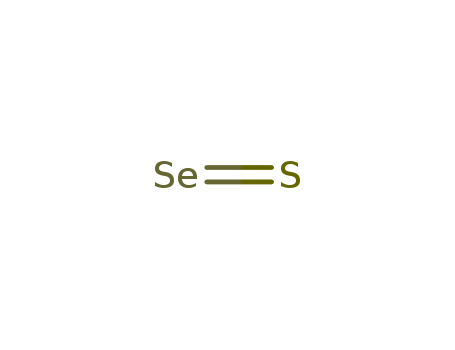- Chemical Name:Selenium sulfide
- CAS No.:7446-34-6
- Deprecated CAS:66732-34-1,12299-35-3,12299-42-2
- Molecular Formula:SSe
- Molecular Weight:111.026
- Hs Code.:
- UN Number:2657,2630
- DSSTox Substance ID:DTXSID9021265
- Nikkaji Number:J148.145B
- Wikidata:Q27430357
- Mol file:7446-34-6.mol
Synonyms:Abbottselsun;Bioselenium;Caspiselenio;Ellsurex;Exsel;Glo-Sel;Head and Shoulders;Iosel-250;Lenium;selenium disulfide;selenium sulfide;selenium sulfide (SeS2);Selsun;Selsun Blue;Selukos;Selun Gold;Versel





